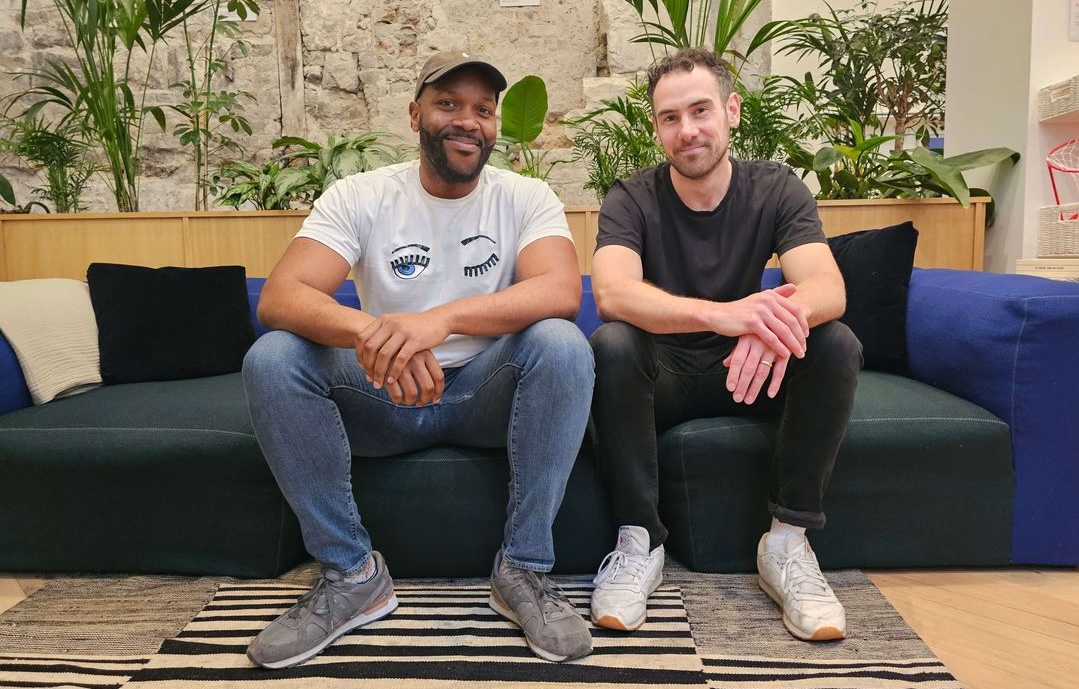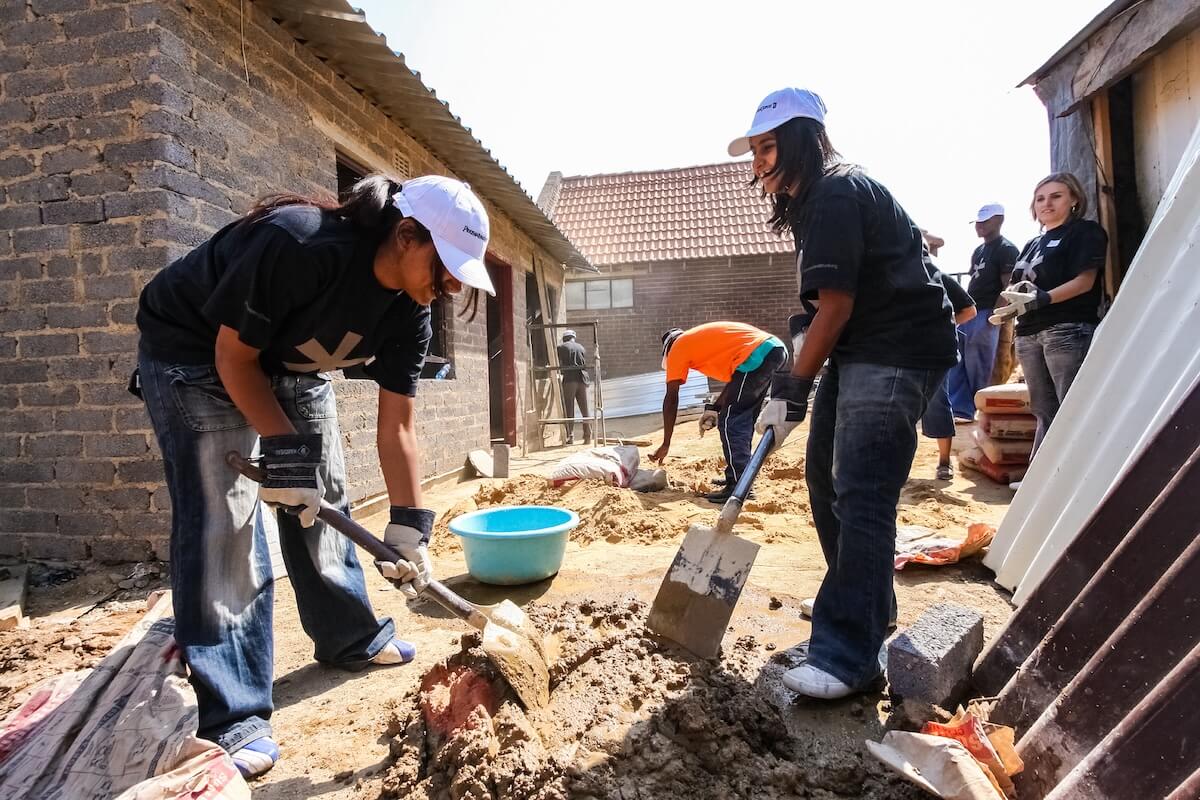Greetings, ImpactAlpha readers!
#Featured: Open Mic
Smallholder farmers are investable. And we have the data to show it. ImpactAlpha rounded up its year-to-date coverage of about three dozen deals and 10 new funds targeting inclusive agriculture — food production markets that buy from and sell to the world’s half-billion smallholder farmers. Then we partnered with the experts at the Initiative for Smallholder Finance to see what we could learn.
The review found “a maturing market with clear investment opportunities at different stages of the agricultural value chain and varying stages of financing,” write Michael Von During, Matt Shakhovskoy, and Dan Zook from ISF on ImpactAlpha. The range of deal activity at each portion of the inclusive-agriculture market signals that investors are beginning, if slowly, to grapple with long-standing risk-and-return hurdles in the sector.
Still, the total amount of funding falls far short of the estimated $200 billion needed for smallholder farming, not to mention the much larger amount required by rural enterprises, says the ISF team. The research highlights the need for more capital, more developed market intermediaries, and improved transparency and intelligence gathering related to impact investments targeting inclusive agriculture.
We’re thrilled to introduce, “Smallholder farmers are investable: Investors find a range of opportunities to finance inclusive agriculture” by ISF’s Michael Von During, Matt Shakhovskoy, and Dan Zook on ImpactAlpha:
Smallholder farmers are investable
Got inclusive ag deals? Send them to [email protected].
#Dealflow: Follow the Money
SoftBank puts $7.5 million behind Altaeros to expand internet access. Four billion people — more than half the world’s population — lack reliable internet access, while 1.5 billion don’t have mobile-broadband reception. Altaeros, a company out of MIT, is developing lightweight, blimp-like balloons to bring high-speed mobile internet service to remote areas. The company says the balloons can deliver broadband up to 70% more cheaply and use less energy than conventional towers. Altaeros will begin trials in 2018. In addition to the investment from Softbank, Altaeros has received funding from the the U.S. Department of Agriculture, the National Science Foundation, a Mitsubishi investment fund and RNT Associates, a fund linked to Indian manufacturer, Tata. Technologies that expand low-cost internet and mobile access have been drawing investors’ eye. Last month, Nigeria-based Tizeti raised $2.1 million to expand its solar-powered mini-towers to improve urban connectivity.
NextView Ventures closes $50 million fund to redesign the “everyday economy.” Consumer spending is an important indicator of economic health; in the U.S., it accounts for two-thirds of GDP. New York and Boston-based venture capital firm NextView’s fund will focus on seed-stage investments that “have first or second degree impacts on problems virtually everyone faces,” according to co-founder Lee Hower. It isn’t an impact fund in the sense that it targets basic products and services for underserved communities. Instead, its focus is on companies that reshape the daily lives of consumers or businesses. Existing investments include MealPal, a lunch subscription service for urban workers that provides low-cost meals from local restaurants; Voodoo Manufacturing, an affordable 3D-printing manufacturer; and Quilt, a service that allows people to build their own personal insurance products. The fund will make equity investments between $100,000 and $1.5 million.
Five startups join Morgan Stanley’s Multicultural Innovation Lab. The lab, launched this month to help women-led and diverse startups gain access to early-stage capital, is the latest Morgan Stanley initiative to spur early-stage social investing. (The bank also runs its Sustainable Investing Challenge for MBA students with new impact investing ideas.) The five companies selected for the fall 2017 cohort include Landit, a career-advice service for working women and Trigger Finance, which enables investors to set investment conditions for their portfolios. Other startups setting up in the accelerator are online furniture marketplace AptDeco, open-source risk manager GitLinks, and Kairos, a facial-recognition company. The Lab’s four-month program will be based in Morgan Stanley’s New York office.
See all of ImpactAlpha’s recent #dealflow.
#Signals: Ahead of the Curve
How to mobilize local funding for entrepreneurs without a rich uncle. An entrepreneurship ecosystem that creates wealth in marginalized communities doesn’t happen by accident. The market must be built, capital stacked, people and institutions connected, stakeholders convened and the model reproduced. That’s the idea behind Neighborhood Economics, a new project of Rosa Lee Harden and Kevin Jones, founders of Social Capital Markets, or SOCAP, and entrepreneur Tim Soerens. The trio has been testing their model in a handful of cities — Oakland, San Francisco, Cincinnati, Washington D.C. and Seattle — and have identified some essential roles necessary to “move investment and philanthropy to make the right kind of difference in communities of need,” Jones writes on ImpactAlpha. Here are a few:
- There’s the System Entrepreneur, a “code-switcher” who can connect with a city’s financial, political and philanthropic institutions while “retaining credibility and connection to the community;”
- A Chief Evangelist opens doors to the powerful and mobilizes funding;
- The Mother Hen helps deliver entrepreneurial business skills and prepares neighborhood startups for investment;
- Anchor Institutions are the hospitals, universities, churches, affordable-housing builders with deep community ties and long-term interests in building community wealth.
The goal of Neighborhood Economics “is to change the prosperous neighborhood’s narrative about marginalized neighborhoods: from being needy and dependent to places they can invest safely in their neighbor’s community wealth,” Jones says. Neighborhood Economics is convening an event on the two days before SOCAP in October to connect System Entrepreneurs and Anchor Institutions. Read all about it in, “Neighborhood Economics: Local funding for entrepreneurs without a rich uncle” by Kevin Jones on ImpactAlpha:
Neighborhood Economics: Local funding for entrepreneurs without a rich uncle
#2030: Long-termism
From watershed to water user, battling drought in Africa. Yesterday we wrote about drought in Malawi, aggravated by a lack of a rainy season for two years running. But the situation is hardly confined to one country: Serious droughts are occurring across the African continent, with notable impacts for such cities as Cape Town and Nairobi. Cape Town, with nearly four million residents, is contending with its worst drought in a century. Dam levels have fallen dramatically, and long-term climate models project a drying trend that could reduce annual rainfall in the region by as much as 40%. Cape Town Executive Mayor Patricia de Lille, who recently unveiled a five-year development plan, stresses that the city needs to intensify efforts to avoid future water shortages and achieve water security. “We need to rethink our over-reliance on surface water and increasingly embrace more non-surface water options such as water reuse and desalination,” she said.
The situation in Nairobi is no less dire. With higher than average temperatures and little rain on the horizon, water rationing has been in effect since January. The Ndakaini storage dam, which provides for 85% of Nairobi’s water, is at 37% capacity, and the city could run out of water by September. Nairobi City Water and Sewerage Company (NCWSC) is distributing 400,000 cubic meters a day, 350,000 less than the city needs. For most of the city, water delivery is unreliable; some neighborhoods receive water for as little as 12 hours a week. The city recently blamed a cholera outbreak partly on irregular supplies of potable water.
What can be done? Engineers and other experts say plenty. Short-term plans include rainwater harvesting from buildings — which Nairobi does not currently plan for — and possible artificial groundwater recharge zones for the city’s aquifers. The 115,000 cubic meters of wastewater that NCWSC treats daily could be pumped back into the ground for eventual reuse.
Meeting the region’s long-term water challenges will require even broader action. Water demand in Nairobi is expected to double by 2030. Farming practices need to change, as many farmers don’t have adequate soil and water conservation structures. Forest and other lands need to be restored. To that end, the World Agroforestry Centre is promoting financial incentives to encourage sustainable land management. “There is growing political will, and investments have started to flow,” says Ravi Prabhu, the Centre’s Deputy Director General. “What is required is social capital from watershed to water user, and this situation could be turned around.”
Onward! Please send any news and comments to [email protected].











